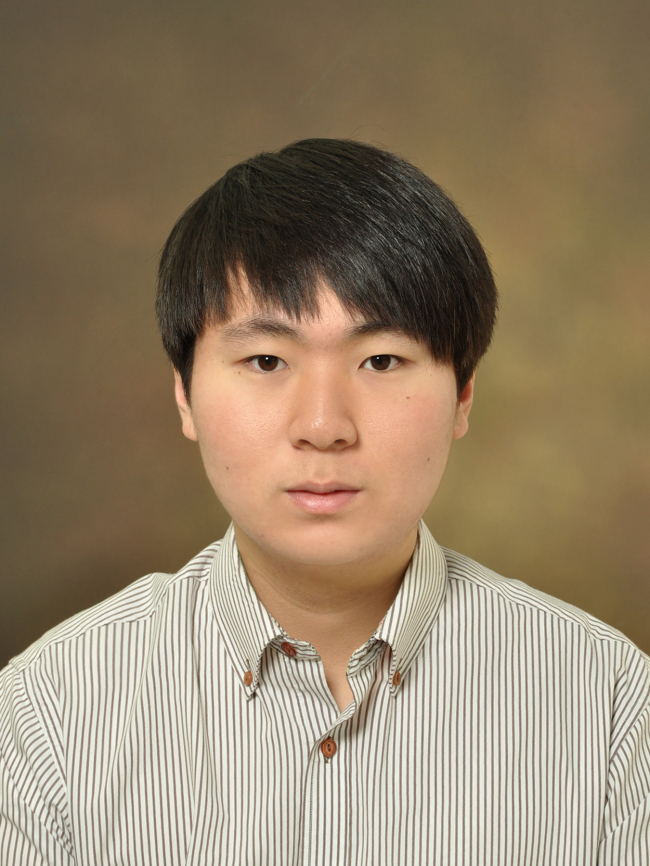[Student Column] Education is answer to ‘creative divide’
By Yoon Min-sikPublished : March 27, 2014 - 20:42
A house built on sand is unstable, as is the Park administration’s “creative economy.”
The term itself is very attractive, providing possible solutions to youth unemployment, the aging population and the low birth rates through new jobs.
Moreover, many Koreans grew optimistic after President Park Geun-hye’s remarks at the 2014 World Economic Forum.
“Since the industrial revolution, the wealth and happiness of nations, of individuals had been marked by a material divide. Recently, this has given way to a digital divide. The future will be defined by a creative divide ... Our pursuit of a creative economy is the new paradigm for driving our economy forward,” she said.
However, Park’s words should be taken with a grain of salt, since the success of the creative economy depends on the creativity of the citizens.
Korea is a leader in the material divide and digital divide, but not so much in creativity.
International assessments indicate that Korean students continue to be superior in subjects like math and science. However, there has been no Korean winner of the Field Medal or Nobel Prize, an indicator of a lack of creativity.
What should Koreans do to prepare for the creative divide? It is highly encouraging that the government has set up six economic strategies based on creativity. It also requires crucial roles for citizens and educational institutions.
However, it is disappointing that only universities are included, for creative talent and convergent thinking must be developed at a young age.
Korea will falter in creativity if students cannot develop creative thinking before university.
Therefore, we should take a long-term approach toward creative convergence education. What we need is to do is focus on laying a firm foundation.
We need a well-organized education program ― ranging from elementary school to college ― that effectively fosters creativity and convergent thinking.
In this sense, we need to welcome the convergence education program STEAM (Science, Technology, Engineering, Arts, Mathematics) proposed by the Education Ministry.
It teaches students not only core subjects, but also knowledge linked to these subjects. However, the program is focused on math and science, so it is not quite a full program for creative convergence.
We also need various programs and materials on creative convergence that can be used in extracurricular activities.
Last year, I founded a club named “CONVERGENCE” at my school. While we actively researched and debated convergence in industry and academia, I realized there were few materials we could use.
Furthermore, most books used many technical terms and were too difficult for us. Books that students can easily read would be more popular.
By focusing on maintaining the status quo and short-term outcomes, Korea has little chance to get ahead in the creative divide. It is important for the government and businesses to constantly collaborate on creating new jobs through converging different sectors.
However, from a long-term perspective, it is more important to establish a social climate and educational system that inspires creativity and convergent thinking in everyday life. This is the way to build a house on rock, not sand.
As a teenager, I dream of a country where creative convergence can be found in schools, families and all society. I look forward to a country where the citizens are proud of their creativity.

By Kim Jun-hee
The writer is a senior at Gyeonggi Academy of Foreign Languages. ― Ed.



![[Herald Interview] 'Amid aging population, Korea to invite more young professionals from overseas'](http://res.heraldm.com/phpwas/restmb_idxmake.php?idx=644&simg=/content/image/2024/04/24/20240424050844_0.jpg&u=20240424200058)














![[KH Explains] Korean shipbuilding stocks rally: Real growth or bubble?](http://res.heraldm.com/phpwas/restmb_idxmake.php?idx=652&simg=/content/image/2024/04/25/20240425050656_0.jpg&u=)

